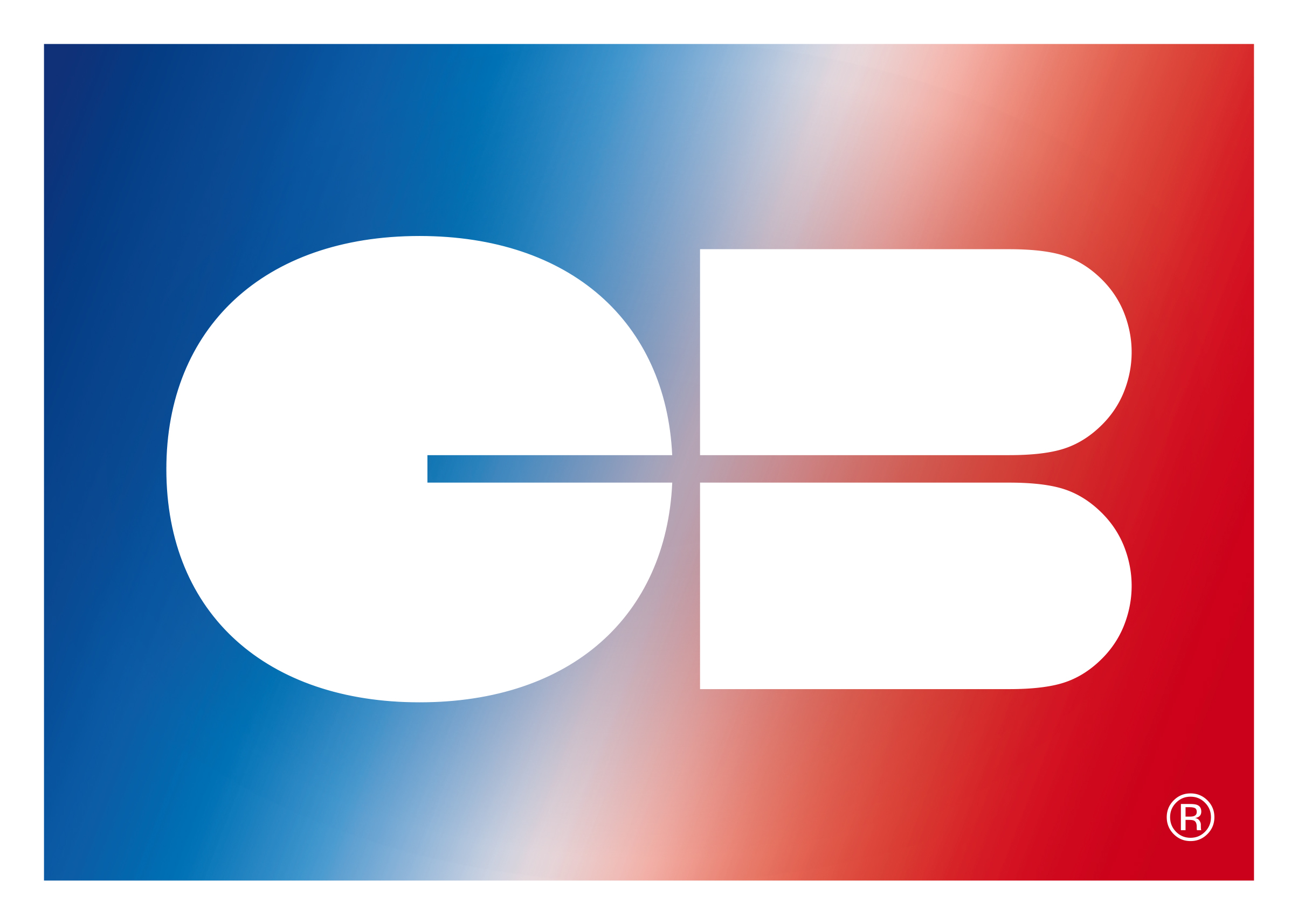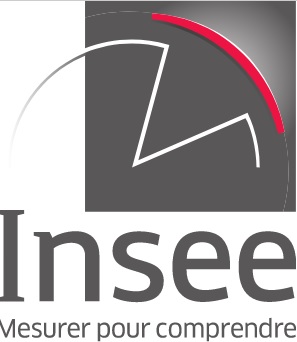10/12/18
Platform-Merchant Competition for Selling Services
In this paper, we study whether a monopolistic platform prefers to impose price parity when it competes with merchants for selling services. The platform and the direct sales channel are differentiated in quality on the consumer side and in terms of efficiency. We show that the platform imposes price parity when it is highly differentiated in quality on the consumer side and that this restriction lowers the total transaction fee paid by consumers and merchants. Price parity increases the total buying price of consumers who buy from merchants who receive high benefits of selling on the platform and decreases it otherwise.
30/05/18
Selling Strategic Information in Digital Competitive Markets
This paper investigates the strategies of a data broker in selling information to one or to two competing firms that can price-discriminate consumers. The data broker can strategically choose any segment of the consumer demand (information structure) to sell to firms that implement third-degree price discrimination. We show that the equilibrium profits of the data broker are maximized when (1) information identifies the consumers with the highest willingness to pay; (2) consumers with a low willingness to pay remain unidentified; (3) the data broker sells two symmetrical information structures. The data broker therefore strategically sells partial information on consumers in order to soften competition between firms. Extending the baseline model, we prove that these results hold under first-degree price-discrimination.
04/01/18
The financial intermediation role of the P2P lending platforms
The objective of our paper is to explore the role of P2P lending platforms through the prism of the theory of financial intermediation. P2P lending platforms perform the brokerage function of financial intermediaries by matching lenders’ supply and borrowers’ demand of funding, according to the risk and the maturity of their needs. Unlike banks, P2P lending platforms do not create money and do not perform risk and maturity transformation. However, they can organize secondary markets to trade loan contracts before maturity and some P2P lending platforms aim at providing a fixed income to lenders. To ensure efficient and sustainable financial intermediation, P2P lending platforms need to ensure that they are not subject to principal-agent problems and that their incentives coincide with those of lenders. The possibility of orderly resolution of P2P lending platforms failures might decrease moral hazard problems that are inherent in the modern financial intermediation.
01/01/18
- Ouvrages
Cash remains top-of-wallet! International evidence from payment diaries
In recent years, many studies have emphasized the cost-saving potential of electronic payments. Yet, cash is still heavily used to pay for point-of-sale transactions in many developed economies. We introduce a model of optimal cash holdings and payments that exploits survey payment diaries from Austria, Canada, France, Germany, the Netherlands and the United States. Our results provide evidence that differences in incentives, such as the relative cost of cards compared with cash, and differences in ATM withdrawal costs, are key factors explaining why cash remains top-of-wallet across many developed economies. Indeed, we show that once obtained, cash goes first because it ”burns” in consumers’ wallets.




